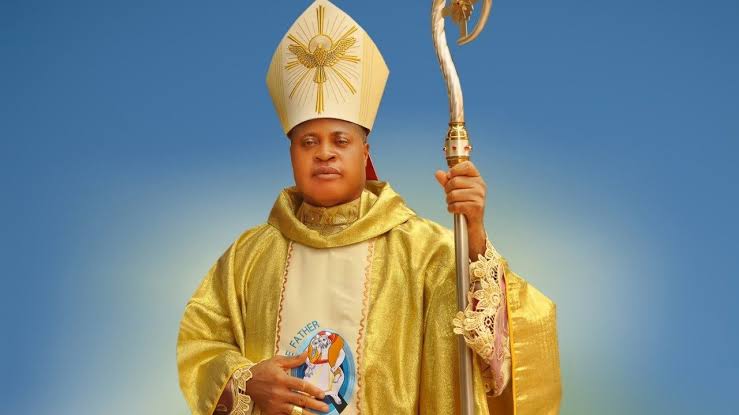Cardinals will today move into the Conclave at the Vatican to elect a new Pope in succession to Pope Francis, who died on Easter Monday.
One hundred and thirty-three cardinal electors will perform the sacred assignment of picking the leader of the 1.4 billion Catholics worldwide and the head of state of the Vatican.
Nigeria’s Peter Okpaleke, the Bishop of Ekwulobia, Anambra State is the only one of the four Nigerian candidates qualified to participate in the process.
The 133 elector-cardinals are spread across 71 countries.
Eighty per cent of them were appointed cardinals by Pope Francis.
What will confront the electors is whether the new Pope should be a progressive, who will continue the way Pope Francis ran the church or a conservative who will reverse the order.
They may also choose a centrist.
The countries with the most electors are: Italy (17), the United States (10), Brazil (seven), France and Spain (five each), Argentina, Canada, India, Poland and Portugal (four apiece).
How the Pope will be elected
Only cardinals under the age of 80 are eligible to vote in a conclave.
For the conclave, the cardinal electors proceed to the Sistine Chapel and take an oath of absolute secrecy. Thereafter the doors are sealed.
The cardinals vote by secret ballot, processing one by one up to Michelangelo’s fresco of the Last judgment, saying a prayer and dropping the twice-folded ballot in a large chalice.
Four rounds of balloting are taken every day until a candidate receives two-thirds of the vote. The result of each ballot are counted aloud and recorded by three cardinals designated as recorders.
If no one receives the necessary two-thirds of the vote, the ballots are burned in a stove near the chapel with a mixture of chemicals to produce black smoke.
When a cardinal receives the necessary two-thirds vote, the dean of the College of Cardinals asks him if he accepts his election. If he accepts, he chooses a papal name and is dressed in papal vestments before processing out to the balcony of St. Peter’s Basilica.
The ballots of the final round are burned with chemicals producing white smoke to signal to the world the election of a new pope.
The senior cardinal deacon, currently French Cardinal Dominique Mamberti, Prefect of the Supreme Tribunal of the Apostolic Signatura, announces from the balcony of St. Peter’s “Habemus Papam” (“We have a pope”) before the new pope processes out and imparts his blessing on the city of Rome and the entire world.
On Monday, workers installed curtains on the balcony where the new Pontiff will appear. A temporary chimney is in place on the roof of the Sistine Chapel, where cardinals will cast secret ballots. White smoke will eventually signal the election of the next leader for the world’s Catholics.
Over 179 cardinals are in Rome, participating in the 10th general congregation.

